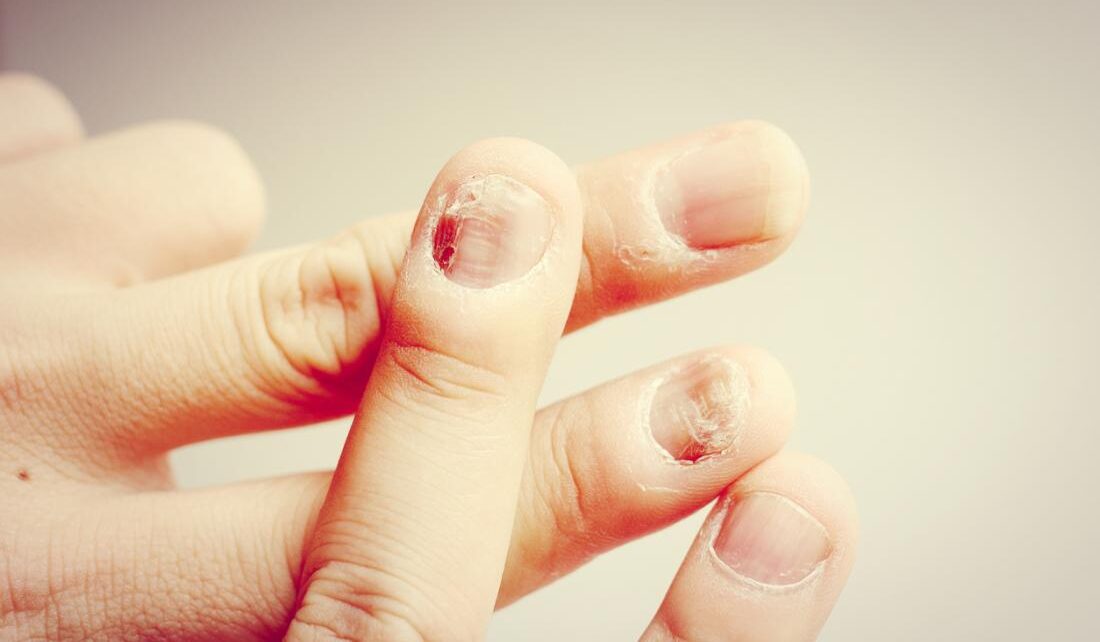If you’ve been diagnosed with onychomycosis, you’re probably wondering about the options for treatment. Luckily, you’re not alone. There are several ways to treat the condition, including a home remedy, topical ointments, and oral antifungal medications. Read on for information on each of these options. Also, learn about different types of onychomycosis treatment in Canada, including topical ointments for nails, laser therapy, and topical ointments.
Home remedies for treating onychomycosis:
Onychomycosis, a fungal infection of the nails, is a common affliction. It occurs due to poor hygiene, humidity, and pollution. While it may not cause serious illness, a neglected body fungus can be extremely harmful. There are nearly 300 million people who suffer from serious fungal diseases. Affected individuals can have up to 1.7 million painful infections.
Laser treatment:
Whether or not your health insurance plan covers laser treatment for onychomycosis will depend on the language in your benefits contract. Reconstructive services are procedures that address significant differences from normal. They may be required to address a congenital disability, disease, or trauma. While many health plans do cover reconstructive procedures, not all do. It will help if you read your policy to determine whether laser treatment is covered.
Oral antifungal agents:
Oral antifungal agents have recently emerged as a significant advance in treating onychomycosis. These agents have several advantages over other available medications and have been shown to have significant efficacy and safety in patients with onychomycosis. However, their benefits are not without controversy and uncertainty. The authors examine oral antifungal agents’ advantages, limitations, and contraindications for onychomycosis.
Topical ointments:
In mild to moderate cases of onychomycosis, topical PE may be sufficient. Treatment may involve the topical application of an antifungal lacquer. Some people experience relief from less serious forms of onychomycosis, such as toenail fungal infections. However, topical PE is not recommended for severe cases of onychomycosis.
CO2 perforated laser treatment:
In a recent study, CO2 perforated laser therapy was effective in treating onychomycosis in two groups of patients: male and female. The study subjects were 60 years old and presented with a severe infection of the right great toe. He had failed to improve after six months of oral antifungals. The first group underwent three monthly sessions of Q switched Nd: YAG laser therapy using two to three passes in nanosecond mode, a spot size of six millimeters, and energy of four J/cm2. The second group underwent fractional CO2 laser treatment using 100 microbeams with 30 mj of energy.
